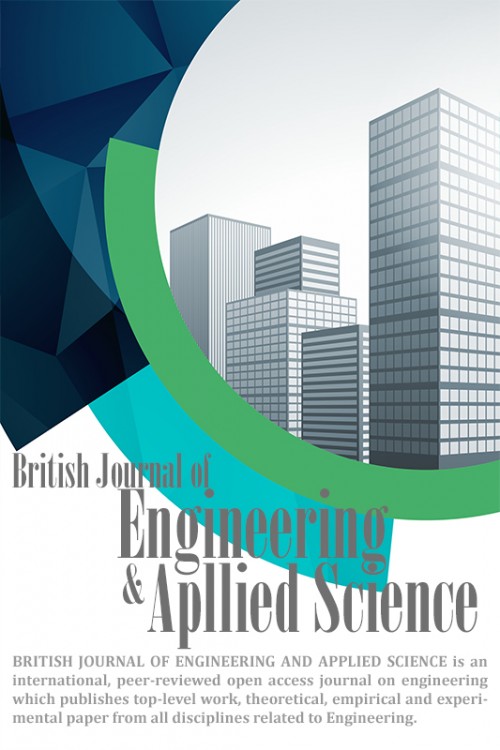
Call For Papers
british journal of engineering and applied science
2024 Volume 10, Issue 1
Analysis and simulation of carbon dioxide miscible and immiscible injection into an oil reservoir in Iran
Abstract
About 50% of oil remains in the reservoir after the primary and secondary harvesting. This amount of oil can be our energy source for a year. Although it is very difficult to produce all trapped oil, it is an objective of reservoir engineering and can be achieved using enhanced oil recovery. Carbon dioxide injection is one of the techniques that has a great impact on the trapped oil. The present study analyzed the performance of carbon dioxide injected into an oil reservoir in Iran. Injection of carbon dioxide into reservoir stabilizes the pressure and pushes the oil out of the reservoir. It is also environmentally important. Miscible and immiscible injection of carbon dioxide will increase oil recovery. In the present study, Eclipse 300 software was used to analyze natural production and carbon dioxide injection. PVTi software was used to analyze the oil reservoir, and then constant-volume expansion and phase release tests were performed. The output of PVTi software was used as the input into Eclipse 300 software. MMP was determined using three different methods. Carbon dioxide injection was simulated using Eclipse 300 and the results showed that the six-well model has the maximum natural production. Injection of carbon dioxide, and intermittent injection of carbon dioxide and water were performed. According to the results, intermittent injection of carbon dioxide and water showed a better performance than carbon dioxide injection.